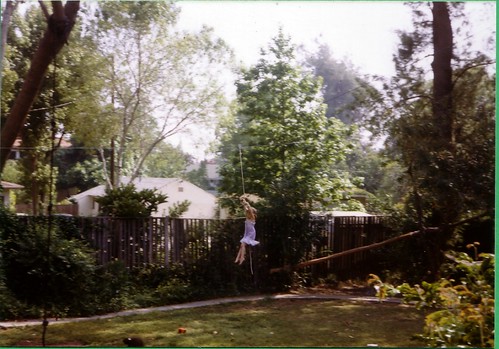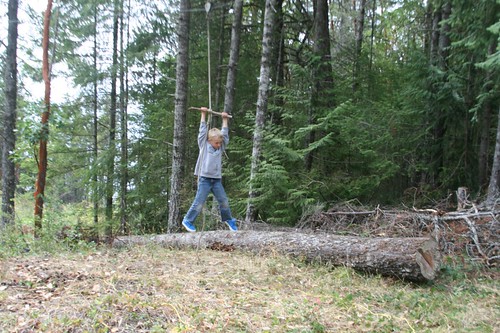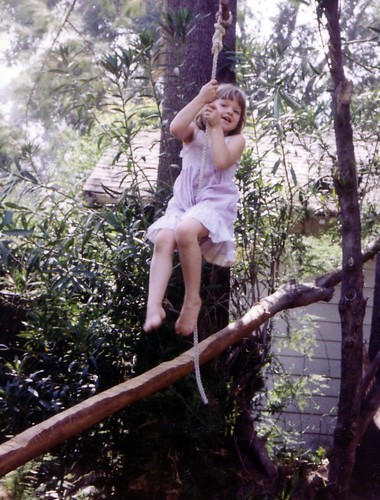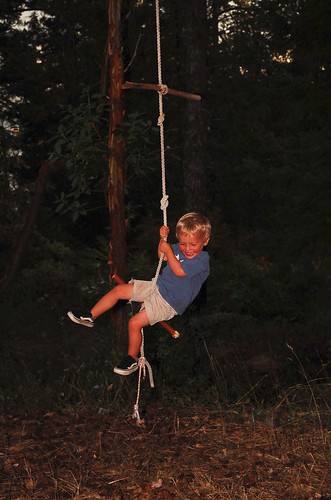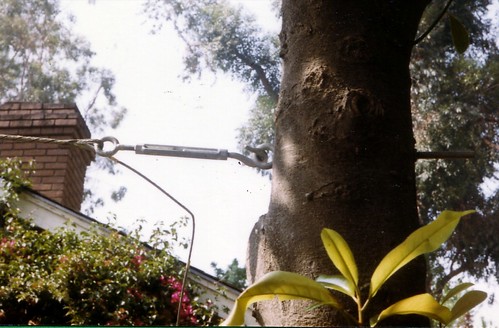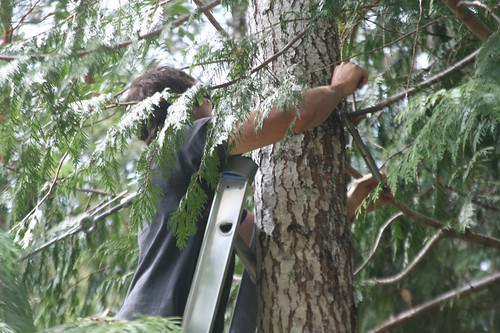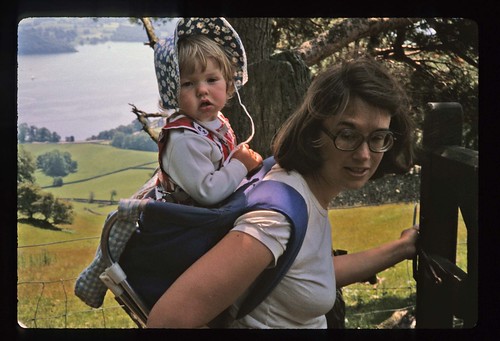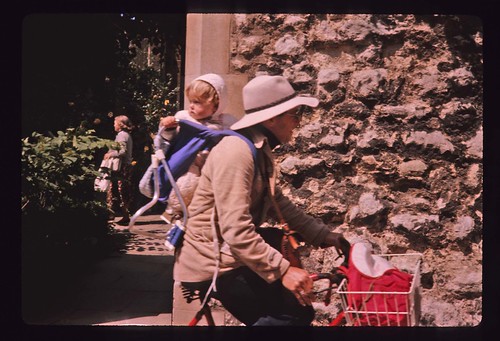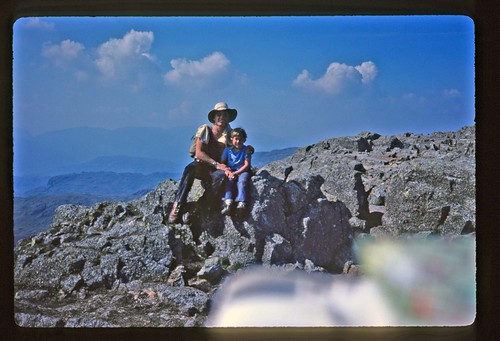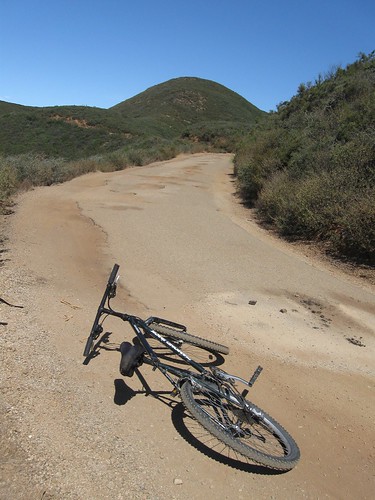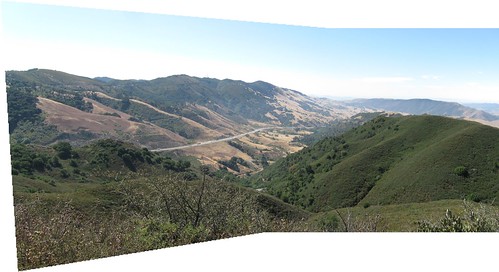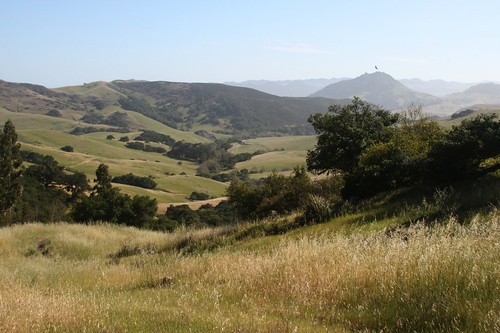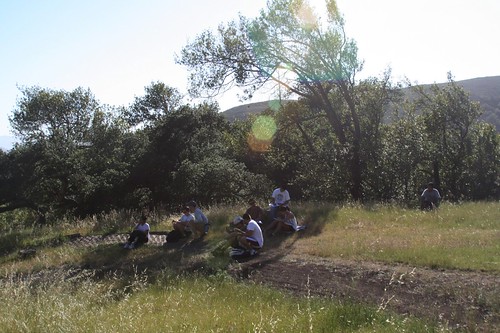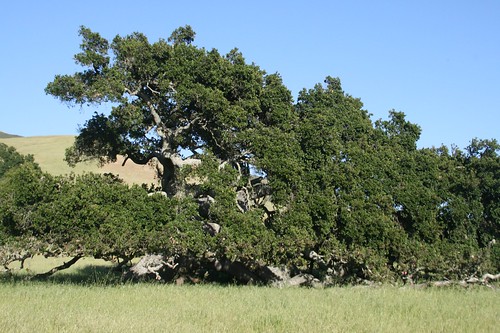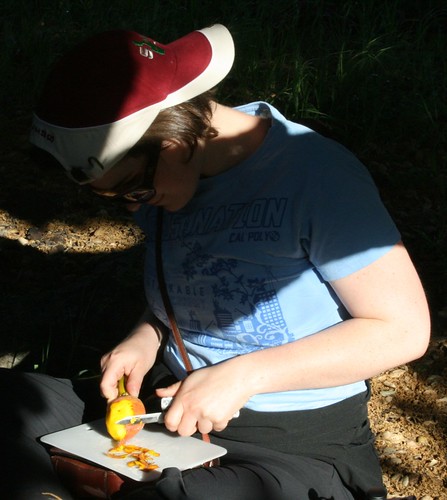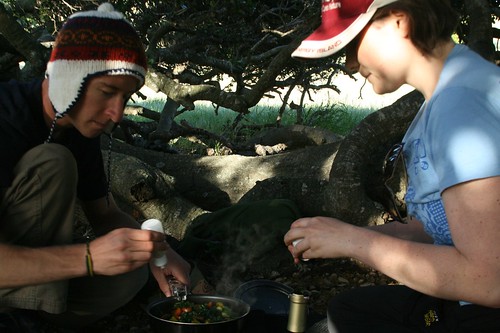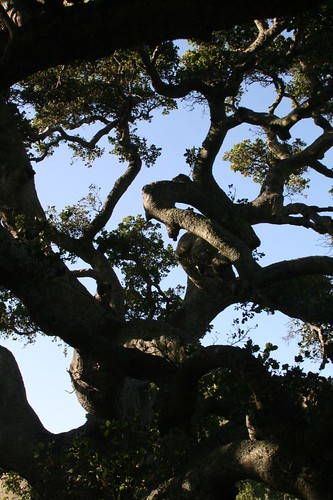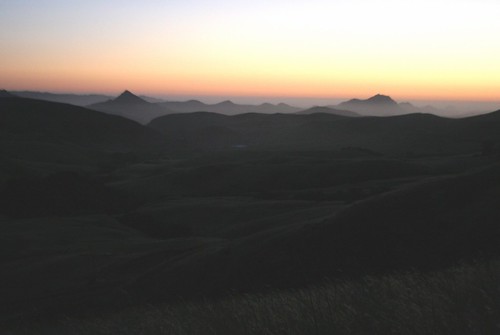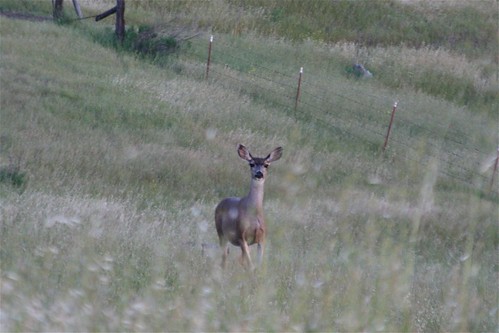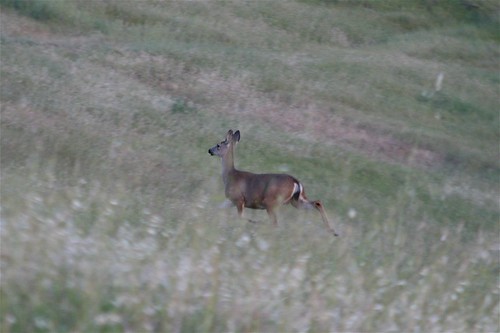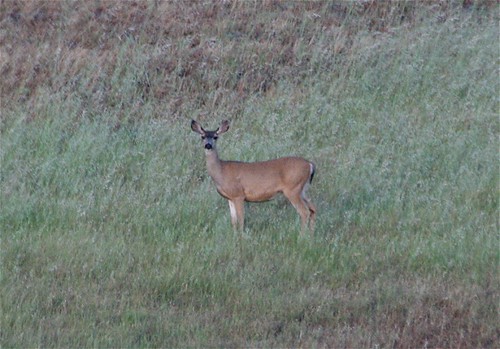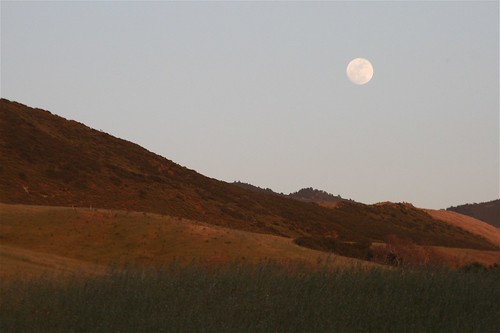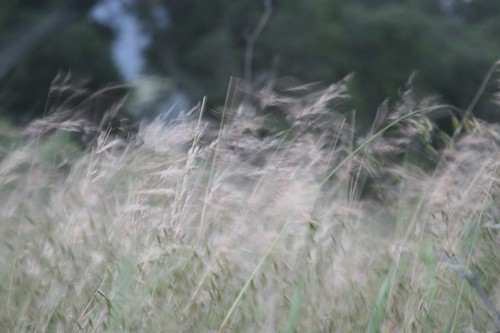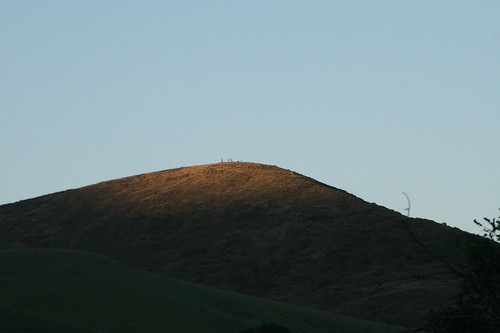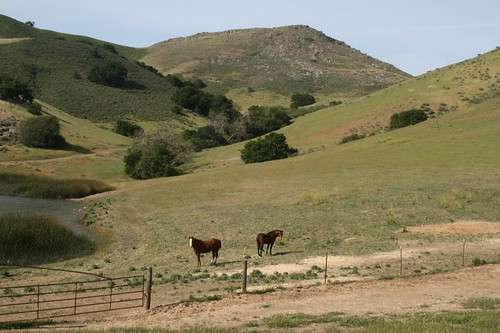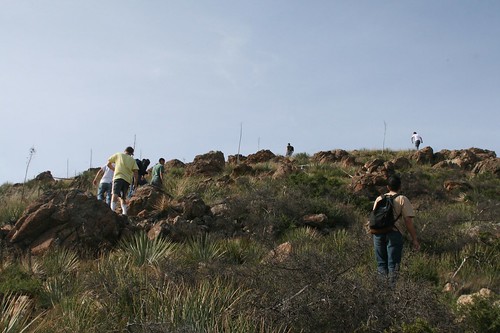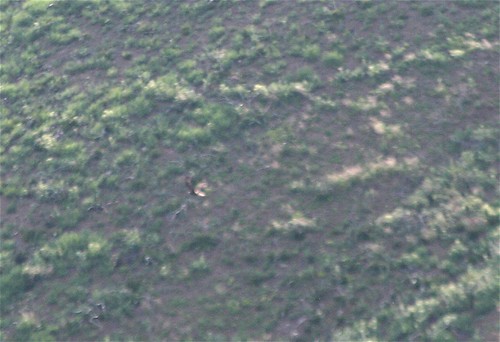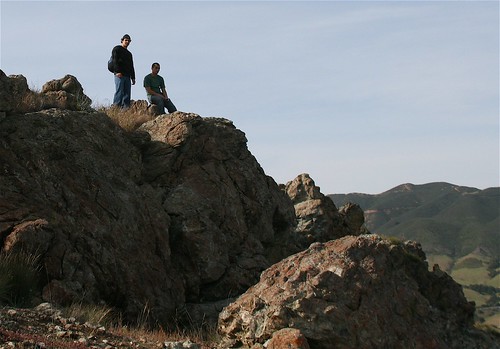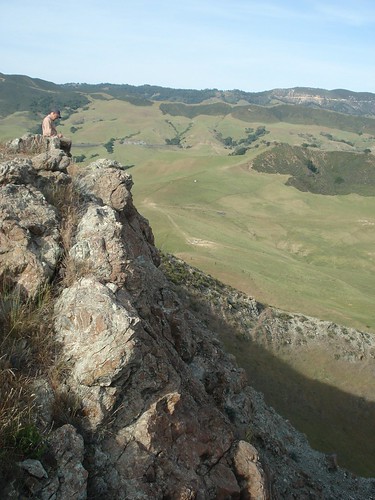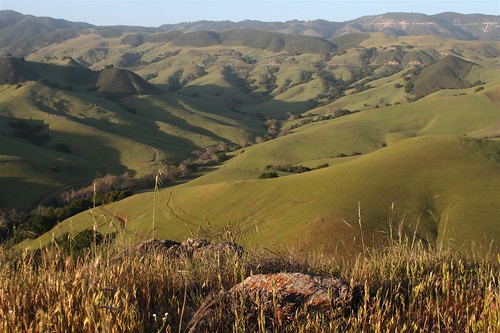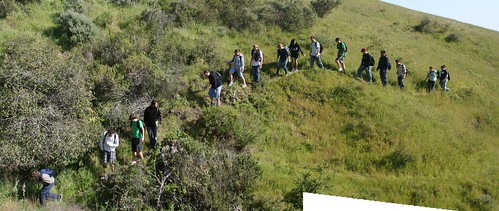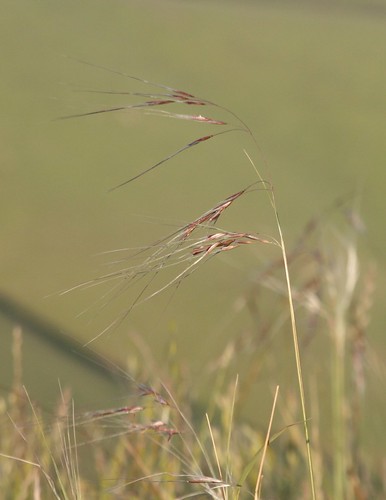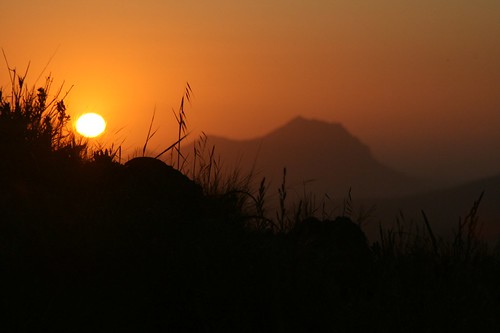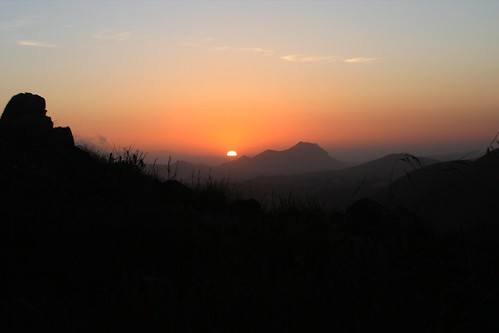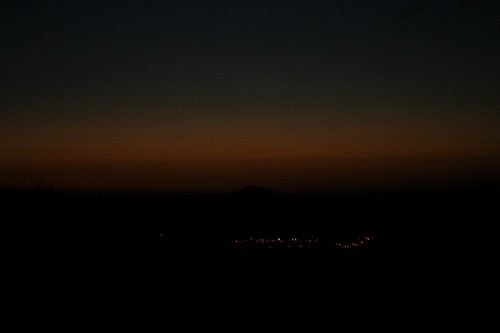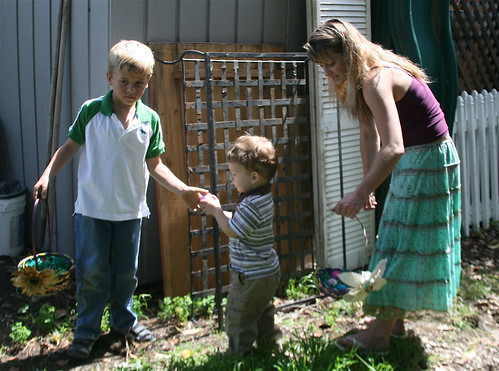Down to the Wire: Confronting Climate Collapse
Friday, March 5th, 2010Notes in preparation for a discussion of the book by David Orr, published 2009, at the Sustainability Book Club at Cal Poly.
David Orr is one of my gurus, but the first time I read this book I was disappointed by its repetitiousness, vagueness, lack of sequential structure or sustained, fully supported and defended claims, and its preaching to the choir, who have already heard most of this many times. The central points were hardly controversial or new for us, but still unacceptable to the great majority of citizens who are looking more than ever at short term rescues or pleasures. For that reason the urgency and insistence of the tone seemed irritating and disrespectful of the audience. Compared to his last book, Design on the Edge, which contained a fascinating autobiographical narrative and a detailed account of the remarkable history of the building he was responsible for planning, designing and financing at Oberlin College, this book felt vague, uninspired, and sentimental. What does it mean after all to insist that what we should do is “deepen our humanity.” (202)
I also found it sadly dated. Though filled with topical references to the impending Obama adminstration, the events of the fifteen months since his inauguration made many of the proposals about transforming governance and launching a revolution in Washington seem painfully overoptimistic.
Nevertheless I decided to give it another try, either to be able to articulate specifically what I found wrong with the book or to give it a more sympathetic and engaged reading.
First, I confirmed what I suspected about the book’s process of composition. Most of the material here was previously published in the form of essays that Orr writes for the journal Conservation Biology and others. Many of these can be found at the website, http://www.davidworr.com/index.html. That accounted for and in a way justified the sense that each chapter recovered much of the same territory and started from scratch rather than building on what preceded. Viewed from this perspective, each chapter had the coherence and scope of his remarkable speeches, such as the one I heard at the organizing conference for Focus the Nation in Las Vegas. And even when general points were repeated, Orr seemed in each essay to summon up different examples and sources.
A second reading also revealed an overall structure of chapters that moved forward from beginning to middle and end despite the backtracking. Preface and Introduction both state the predicament and his solutions. We are facing what has been called a long emergency or a bottleneck, a worldwide period of crisis brought on by the environmental degradation and climate change that misguided human impacts have produced over the last 200 years. The way out will be long and arduous, and only possible with strong, transformative leadership, primarily in the presidency but also at all levels of government and society. Leaders have three leading tasks: move the citizenry out of a state of denial to a recognition of the dangers, develop energy policies that reverse our dependence on carbon and promote renewables, and foster a deepening of public morality emphasizing fairness, compassion, nonviolence and a sense of purpose and reverence for nature grounded in appreciation and gratitude. These three mandates are reaffirmed throughout the book.
The three chapters of section I, Politics and Governance, assert that Government is the only agency strong enough to effectively address the emergency but that government needs to be transformed. Chapter 1, Governance, asserts that the challenges of mitigating and adapting to climate change and its associated catastrophes can be faced by reversing the trend toward unregulated corporate power, trivialized and ineffective journalism, excessive consumerism and rule by lobbyists. This can be done by redistributing wealth and privilege, publicly funding elections, smartening land use and agricultural policy, guaranteeing universal access to communication media and promoting small community autonomy. But first government itself must be transformed from its present corrupt and dysfunctional state to a just, effective and elevating one. This will have to be accomplished through a mechanism like a new Constitutional Convention and the establishment of a new consensus.
Chapter 2 is a meditation on democracy, the form of government most likely to succeed despite its faults, the failures of its alternatives, like natural capitalism, and unregulated free-market capitalism, and the proposal of a legal, constitutional framework for instituting the kinds of social transformation needed to address climate change based on the new idea of the legal standing of future generations. Chapter 3, Leadership in the Long Emergency, compares today’s crisis with those faced by Lincoln and Roosevelt, and concludes that Obama can learn leadership lessons from both his great predecessors, which include the necessity of understanding and framing those crises both as legal-constitutional issues requiring preservation of law and tradition and as moral issues requiring deep personal insight and unshaken commitment. Orr repeats the laundry list of reforms mentioned earlier that Obama needs to accomplish. Chapter 4, Leadership, defines true leadership, like that of those predecessors, as the capacity to energize and give direction to the populace.
Part II, Connections, is transitional in the overall structure of the book, but provides a sample of some of Orr’s strongest qualities as a writer, manifested when he lets a more imaginative, associative principle guide his design. Chapter 5, The Carbon Connection, juxtaposes two powerful narrative descriptions: nature’s devastation of humans in New Orleans by Katrina, presumably caused by climate change, and humans’ devastation of nature in Coal Companies’ mountaintop removal, causing climate change. This is connected to Chapter 6, The Spirit of Connection, which explores spiritual and religious perspectives on Climate Change, differentiating the apocalyptic fundamentalism that both affirms and brings it on with the subjective experiences of wonder, reverence and gratitude for the gift of life that provide meaning and hope for those struggling to protect it.
Part III, Farther Horizons, contains three chapters overlapping earlier chapters and one another in content. Chapter 7, Milennial Hope, lists factors blocking us from taking the steps necessary to confront and deal with the coming crisis and solutions, psychological, political, and spiritual, concluding with a story of Gandhian non-violence displayed by Amish toward a mass murderer who shot a number of their children. Chapter 8, Hope at the End of our Tether, expands the emphasis on anti-militarism, Gandhian Satyagraha and other Gandhian principles like anti-materialism”shift from wealth to happiness”social justice, and localism.
The final chapter, The Upshot: What is to be Done? echoes both Aldo Leopold and Lenin, verbally in the titles of two of their well known works, and thematically in calling for the creation of a community that includes natural beings and systems and in calling for a total revolution to be initiated by a vanguard of leaders, giving direction and energy to an awakened populace. The first section covers the same ground as the preceding chapters, but the chapter and section ends with a powerful vision of a desireable outcome from the long emergency only ten years in the future, imagined in his home town of Oberlin Ohio, where the programs he has set in motion as an activist and educator have run their course. The vision is startlingly similar to the kinds of programs and visions activists at Cal Poly and in San Luis Obispo County have dedicated themselves. More than anything in this book, these few pages (212-215) provide some of the grounds for hope that present conditions don’t encourage in regard to most of the books larger recommendations.
“Postscript: A Disclosure” is vintage Orr. It’s a recollection of the extraordinarily hot summer of 1980 when he and his brother worked like slaves on a farm in Arkansas, as the temperature reached 111 degrees and stayed there. It was then that he became interested in climate change. He says he felt it viscerally, the memory recorded in his body. That’s why it’s presented as a disclosure. But the impact of that memory, I’m afraid is unlikely to be felt until the rest of us consistently experience such nasty conditions, and by then it’s likely to be too late.
Taking issue:
- “leadership””is Obama like Lincoln and Roosevelt, sticking to the moral vision, keeping legal and constitutional integrity at the fore, reaching the people?
- Seemed so at inauguration, but less so now, largely because of loss of confidence resultant from bailouts and compromises, failure to seize the opportunity with courage”e.g. Copenhagen
- The long emergency”less perceivable now than in 2006, when much of this was written and when Katrina and An Inconvenient Truth and IPCC and oil spike converged to shake people up.
- Non-violence, Satyagraha”true, and a manifestation of deeper humanity, but turmoil is less likely to bring it to the fore, especially when the rulers and perpetrators are becoming more brazen
- Coupling peace, justice and sustainability has advantages but also makes any progress seem hopeless, because it will leave so much undone.

